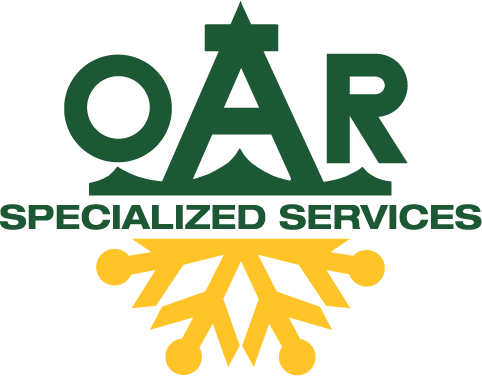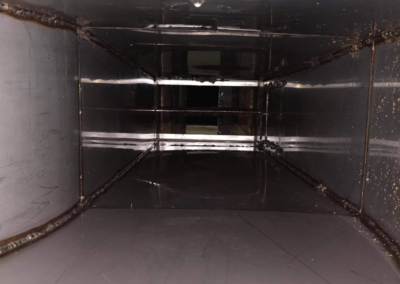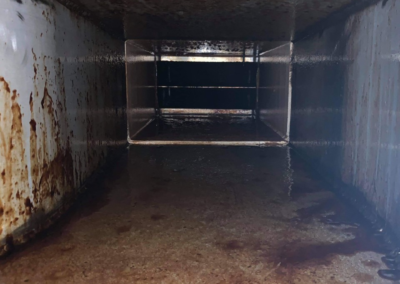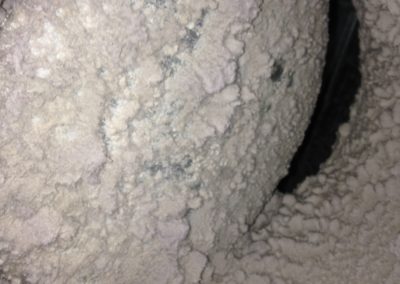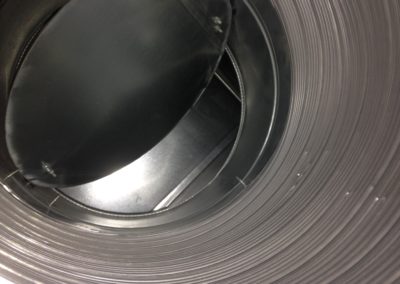In the complex industry of oil and gas, there’s a lot that can go wrong, so safety is the highest priority for companies operating offshore. A serious risk for this industry is the potential for fires and explosions on rigs and vessels due to the highly flammable nature of petroleum.
Spark potential is generally regarded as the greatest fire risk on an oil rig. Loose live wires and open electrical boxes provide a potential ignition source for the fumes and gases, creating an incredible safety risk. Other common causes of fires:
- Thermal: The constant friction of machinery working together releases an abundant amount of thermal energy into the air, which can ignite flammable fumes.
- Electrical: The equipment onboard requires a tremendous amount of electrical wiring, which is susceptible to overheating and water damage. Any spark produced can ignite fumes.
- Chemical: Transporting highly flammable chemicals can react with the air and ignite.
Tragedies such as Piper Alpha and Deepwater Horizon have shown us the importance of understanding and identifying these safety hazards in the workplace. Subpar training and poor safety procedures drastically increase the risk of fires and explosions on these rigs and reduce your crew’s safety.
To help prevent a catastrophe, you should provide adequate safety training and procedures as well as obtain robust safety equipment. Having a plan in place with competent workers and durable, effective safety equipment can greatly minimize the damage from a fire or explosion.
Training your crew on the safety procedures should an emergency arise plays a huge role in both preventing accidents and responding to them. Your crew needs to know how to operate their machinery safely, recognize a potential problem, and effectively react.
Evacuation protocols and other response procedures can be the difference between order and chaos, between life and death. Neglecting safety practices can jeopardize the entire rig and can lead to increased liability.
Another common fire hazard is the build-up of flammable debris in your galley vent system and your dryer vent system. For that reason, the USCG mandates you have your galley vent system and dryer vent system cleaned at least once a year.
The most important thing to consider when selecting a vendor to clean your galley or dryer vent system is to make sure they are experienced and perform a very thorough cleaning. OAR has been performing these services for some of the largest operators in the Gulf of Mexico for the last three decades.
In addition, OAR can perform your HVAC duct cleaning while our technicians are on site to improve further improve your indoor air quality.
To find out more on how we can help you minimize fire risks and maximize your crew’s safety, contact us today.
